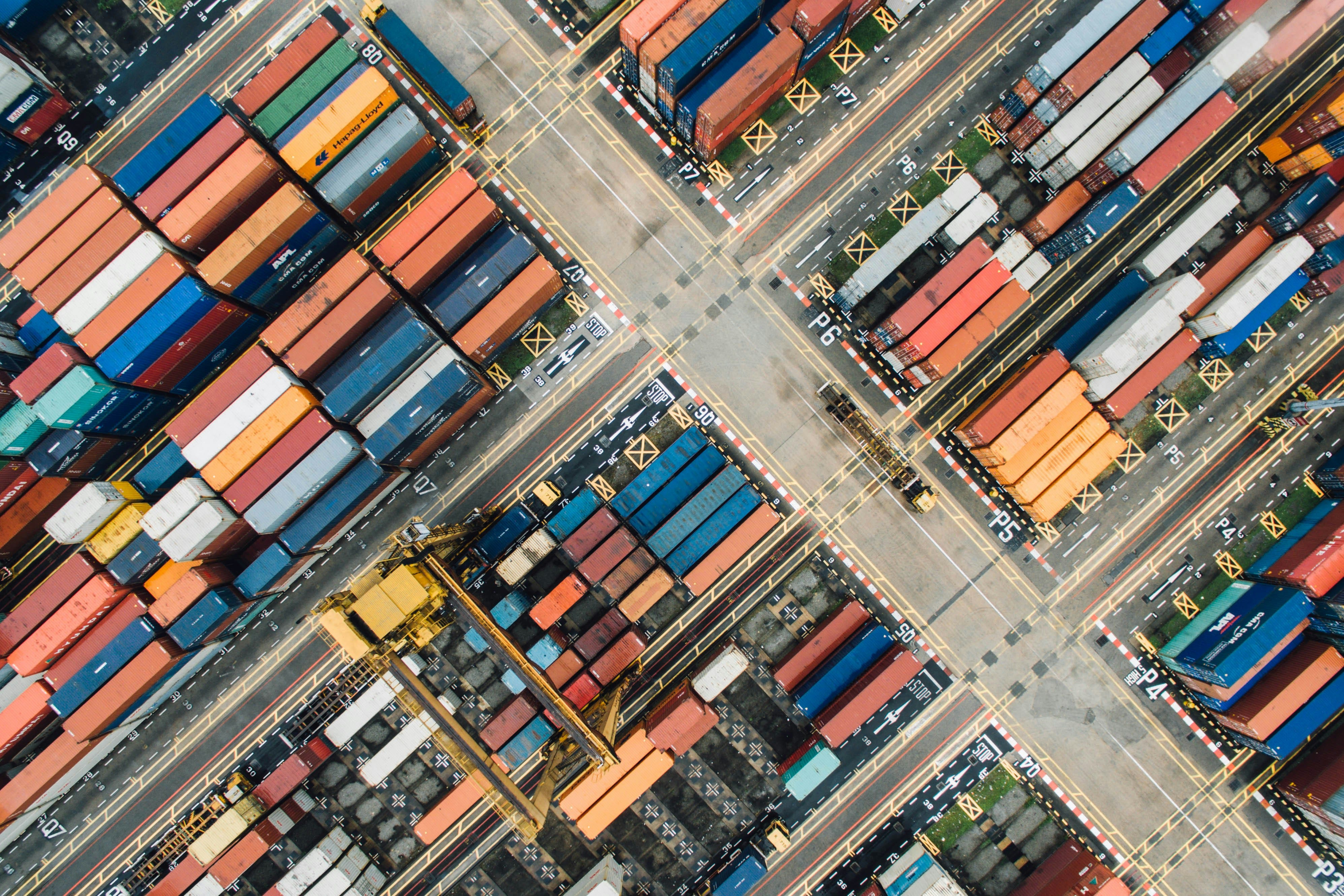Navigating the Future: How Automation and Robotics are Revolutionizing Shipping and Fulfillment

The Impact of Automation and Robotics on the Future of Shipping and Fulfilment
In the world of shipping and fulfilment, change is the only constant. It’s like that friend who always shows up uninvited to parties — at first, it’s annoying, but eventually, you realize they bring the best snacks. Automation and robotics are those uninvited guests, and they’re shaking things up in ways we couldn’t have imagined a few short years ago. So, grab your popcorn (or snacks) as we dive into how these technologies are transforming the logistics landscape.
Robotics: The New Backbone of Warehousing
Remember the days when warehouses were buzzing with employees picking and packing orders like it was a high-stakes game of Tetris? Well, those days are slowly becoming a thing of the past. Enter robotics — those shiny, efficient machines that never complain about overtime or take coffee breaks.
Modern warehouses now rely on Automated Guided Vehicles (AGVs) and Autonomous Mobile Robots (AMRs) to do the heavy lifting. These robots can navigate through aisles, transporting goods from one place to another with pinpoint accuracy. Imagine a robot doing the job of ten people without ever needing to recharge on caffeine. Talk about efficiency!
Sorting it All Out
Sorting packages used to be a labor-intensive task involving a lot of human hands and the occasional misplaced package (sorry, Aunt Gertrude). But with the advent of advanced sorting technologies, those chaotic scenes are becoming a relic of the past. Automated sorting systems use a combination of robotics and artificial intelligence to categorize packages faster than you can say “where’s my order?”
- Speed: These systems can sort thousands of packages per hour, ensuring that your orders get out the door quicker than ever.
- Accuracy: With AI algorithms at play, the chances of errors are significantly reduced.
- Scalability: As demand rises, these systems can adapt and scale operations without the need to hire an army of workers.
With such advantages, it’s no wonder that companies are investing heavily in these systems. It’s like upgrading from a bicycle to a jetpack — why wouldn’t you?
The Rise of Drones
Ah, drones! Those flying gadgets that have made their way from hobbyists’ backyards to the skies of major shipping companies. It turns out, they’re not just for taking cool aerial selfies. Drones are set to revolutionize the last mile delivery process.
Imagine this: you order a pizza, and instead of a delivery driver, a drone swoops down from the sky, drops your pizza at your doorstep, and zooms off into the sunset. Okay, maybe not the sunset part, but you get the picture. Drones can deliver packages quickly, especially in congested urban areas where traffic can turn a 15-minute drive into a 45-minute nightmare.
Benefits of Drone Delivery
- Speed: Drones can travel directly to their destination without being stuck in traffic.
- Cost-effective: Once the infrastructure is in place, the operating costs could be lower than traditional delivery methods.
- Environmentally friendly: Many drones are electric and can help reduce carbon emissions associated with delivery vans.
However, there are challenges to overcome, such as regulatory hurdles and public acceptance. But hey, if we can accept self-driving cars, we can accept flying pizza delivery drones, right?
Automated Fulfilment Centers: The Future is Now
As if robots and drones weren’t enough, automated fulfilment centers are the cherry on top of this technological sundae. These facilities use a combination of robotics, AI, and machine learning to optimize every step of the fulfilment process — from storage to packing to shipping.
Think of it as a well-choreographed dance, except instead of dancers, you have machines working together to get your orders out the door with military precision.
Key Features of Automated Fulfilment Centers
- Real-time inventory management: Know exactly what’s in stock at all times.
- Customizable workflows: Adapt processes based on changing demands and order types.
- Seamless integration: They can connect with your existing systems, making for a smooth transition.
With automated fulfilment centers, businesses can respond to market demands more swiftly, which is crucial in today’s fast-paced world. Plus, it means fewer tired employees at the end of a long shift — everyone wins!
Challenges and Considerations
Of course, it’s not all sunshine and rainbows in the land of automation. There are legitimate concerns about job displacement, the initial investment for businesses, and the need for ongoing maintenance of these high-tech systems.
But let’s face it, we’ve always adapted to technological advancements. The industrial revolution didn’t wipe out jobs; it created new ones. And as automation becomes more prevalent, new roles will emerge — think robot technicians and drone operators. It’s like the universe’s way of giving us new job titles that sound way cooler.
Conclusion: Embracing the Future
As we look ahead, the impact of automation and robotics on shipping and fulfilment is undeniable. Businesses that embrace these technologies will not only enhance efficiency but also improve customer satisfaction — because let’s be honest, nobody enjoys waiting for their deliveries.
So, what’s the takeaway here? Embrace the robots! They won’t steal your lunch or take credit for your ideas; they’ll simply make your life easier. And who knows, maybe one day you’ll have a robot buddy to sit with on your couch and binge-watch your favorite shows. Until then, let’s focus on making shipping and fulfilment as streamlined as possible!
If you’re looking for ways to enhance your e-commerce business, check out the Shopify app autoBlogger. It’s designed to help you create and manage quality content effortlessly, keeping your customers engaged and informed.
Note, this article was written with AI assistance to improve readability and give you, the reader, a better experience! :)
